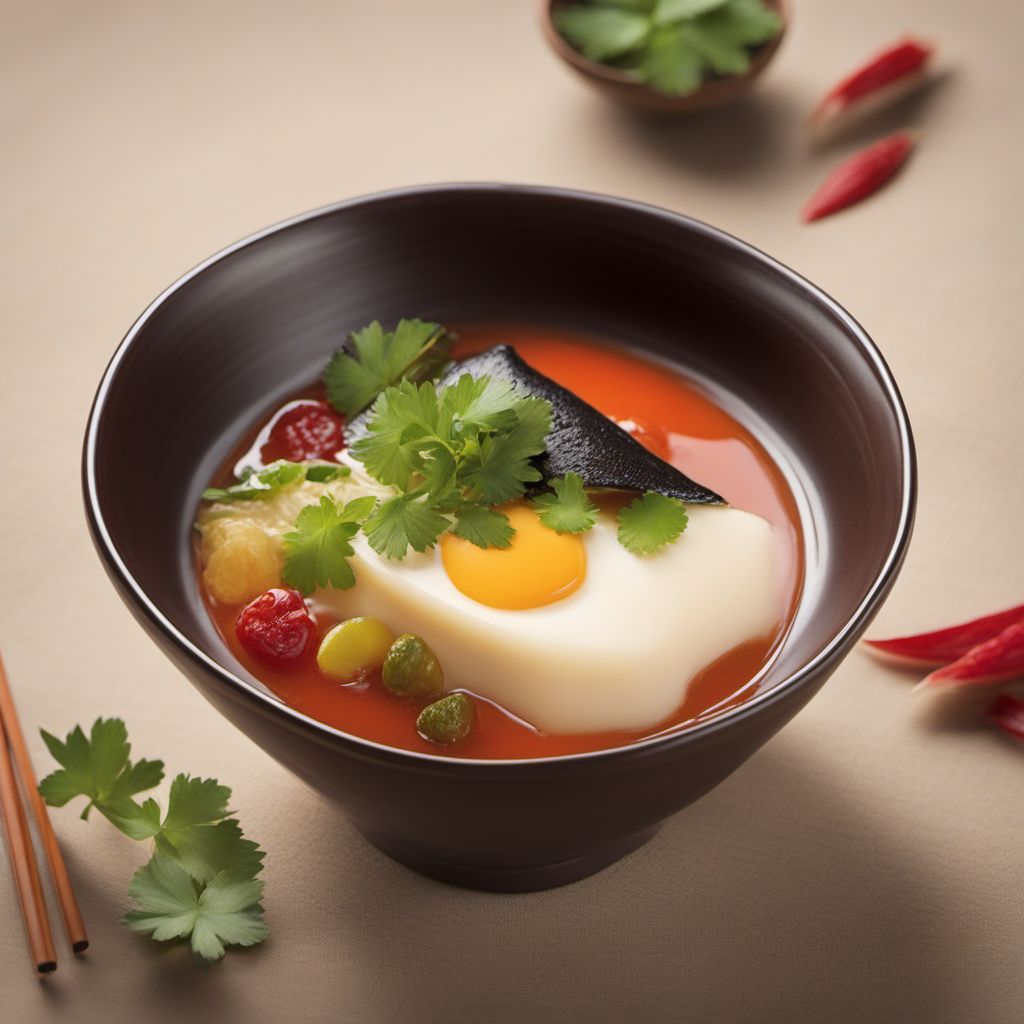
Recipe
Peruvian-style Ikura Chawanmushi
Andean Delight: Peruvian-inspired Ikura Chawanmushi
4.7 out of 5
Indulge in the fusion of Japanese and Peruvian flavors with this Peruvian-style Ikura Chawanmushi. This dish combines the delicate texture of traditional chawanmushi with the vibrant ingredients and spices of Peruvian cuisine.
Metadata
Preparation time
15 minutes
Cooking time
20 minutes
Total time
35 minutes
Yields
4 servings
Preparation difficulty
Easy
Suitable for
Pescatarian, Gluten-free, Dairy-free, Low-carb, Nut-free
Allergens
Eggs, Fish (salmon roe)
Not suitable for
Vegan, Vegetarian, Paleo, Keto, High-carb
Ingredients
In this Peruvian adaptation of Ikura Chawanmushi, we incorporate Peruvian spices and flavors to give the dish a unique twist. The traditional Japanese ingredients are enhanced with Peruvian spices such as aji amarillo (yellow chili pepper) and aji panca (dried red chili pepper), adding a subtle heat and depth of flavor to the custard. Additionally, the use of ikura adds a distinct Peruvian touch, providing a burst of briny flavor and vibrant color to the dish. We alse have the original recipe for Ikura chawanmushi, so you can check it out.
-
4 large eggs 4 large eggs
-
1 1/2 cups (360ml) dashi broth 1 1/2 cups (360ml) dashi broth
-
1 tablespoon aji amarillo paste 1 tablespoon aji amarillo paste
-
1 teaspoon aji panca paste 1 teaspoon aji panca paste
-
1 tablespoon soy sauce 1 tablespoon soy sauce
-
1 teaspoon mirin 1 teaspoon mirin
-
1/2 teaspoon salt 1/2 teaspoon salt
-
1/4 cup (60g) ikura (salmon roe) 1/4 cup (60g) ikura (salmon roe)
-
Chopped fresh cilantro, for garnish Chopped fresh cilantro, for garnish
Nutrition
- Calories (kcal / KJ): 180 kcal / 753 KJ
- Fat (total, saturated): 10g, 3g
- Carbohydrates (total, sugars): 6g, 1g
- Protein: 16g
- Fiber: 0g
- Salt: 1.5g
Preparation
-
1.In a mixing bowl, whisk together the eggs, dashi broth, aji amarillo paste, aji panca paste, soy sauce, mirin, and salt until well combined.
-
2.Strain the mixture through a fine-mesh sieve into a heatproof bowl or individual serving bowls.
-
3.Gently place the bowl(s) in a steamer basket or on a rack in a steamer pot.
-
4.Steam the custard over medium heat for about 15-20 minutes, or until the custard is set but still slightly jiggly in the center.
-
5.Remove the custard from the steamer and let it cool for a few minutes.
-
6.Top the custard with ikura and garnish with chopped fresh cilantro.
-
7.Serve warm or chilled.
Treat your ingredients with care...
- Eggs — Use fresh eggs for the best texture and flavor.
- Dashi broth — If dashi broth is not available, you can substitute it with chicken or vegetable broth.
- Aji amarillo paste — Adjust the amount of aji amarillo paste according to your desired level of spiciness.
- Aji panca paste — If aji panca paste is not available, you can substitute it with a small amount of paprika and a pinch of cayenne pepper.
- Ikura (salmon roe) — Choose high-quality ikura for the best flavor and texture.
Tips & Tricks
- For a creamier texture, you can add a splash of heavy cream to the custard mixture.
- Garnish the chawanmushi with additional Peruvian spices, such as rocoto pepper or huacatay (Peruvian black mint) for extra flavor.
- Serve the chawanmushi with a side of steamed rice or Peruvian-style quinoa for a more substantial meal.
- Experiment with different toppings such as avocado slices or crispy fried onions for added texture and flavor.
- If you prefer a vegetarian version, you can omit the ikura and add sautéed vegetables like mushrooms or asparagus to the custard mixture.
Serving advice
Serve the Peruvian-style Ikura Chawanmushi as an appetizer or a light main course. It can be enjoyed warm or chilled, depending on your preference. Garnish each serving with a sprinkle of fresh cilantro for a pop of color and freshness.
Presentation advice
Present the Peruvian-style Ikura Chawanmushi in individual serving bowls or small ramekins. The vibrant orange ikura on top of the silky custard creates an eye-catching contrast. Consider serving it on a wooden tray or a Peruvian-inspired ceramic plate to enhance the visual appeal.
More recipes...
For Ikura chawanmushi
For Japanese cuisine » Browse all
More Japanese cuisine dishes » Browse all

Sasa dango
Sasa dango is a traditional Japanese sweet that is made with mochi rice flour and mugwort. It is a unique and flavorful dish that is perfect for...

Sunomono
Japanese Vinegared Dish
Sunomono is a traditional Japanese cucumber salad that is perfect for any occasion. It is a refreshing and healthy dish that can be served as a...
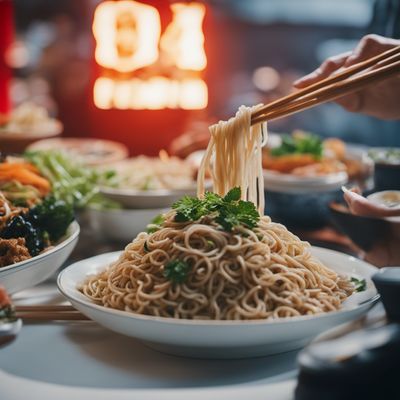
Nishin soba
Nishin Soba
Nishin soba is a Japanese dish that consists of soba noodles served in a hot broth with grilled herring on top. The dish is a popular comfort food...
More Peruvian cuisine dishes » Browse all
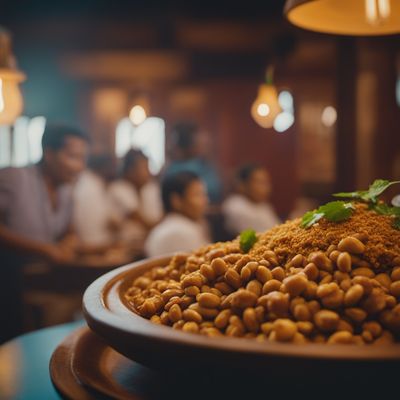
Wachipa
Wachipa is a traditional Peruvian dish made with chicken, peanuts, and spices.
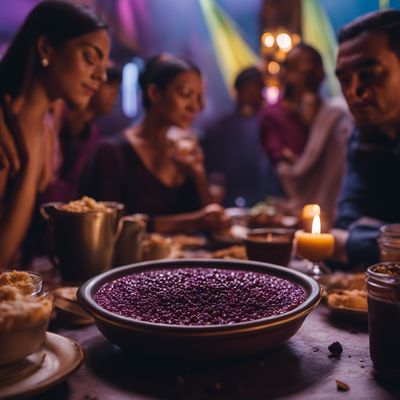
Mazamorra morada
Purple corn pudding
Mazamorra morada is a traditional Peruvian dessert made with purple corn, fruit, and spices. It is a sweet and refreshing dessert that is perfect...
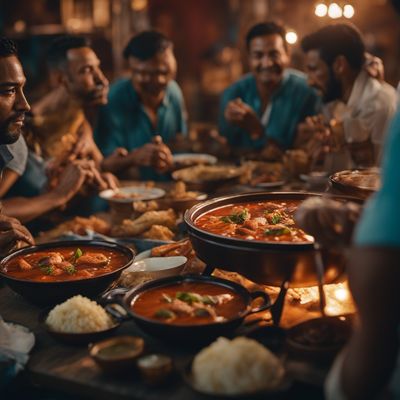
Sudado de surubí
Surubí fish stew
Sudado de surubí is a traditional fish stew from the Amazon region of South America. It is made by simmering fish in a flavorful broth made from...









